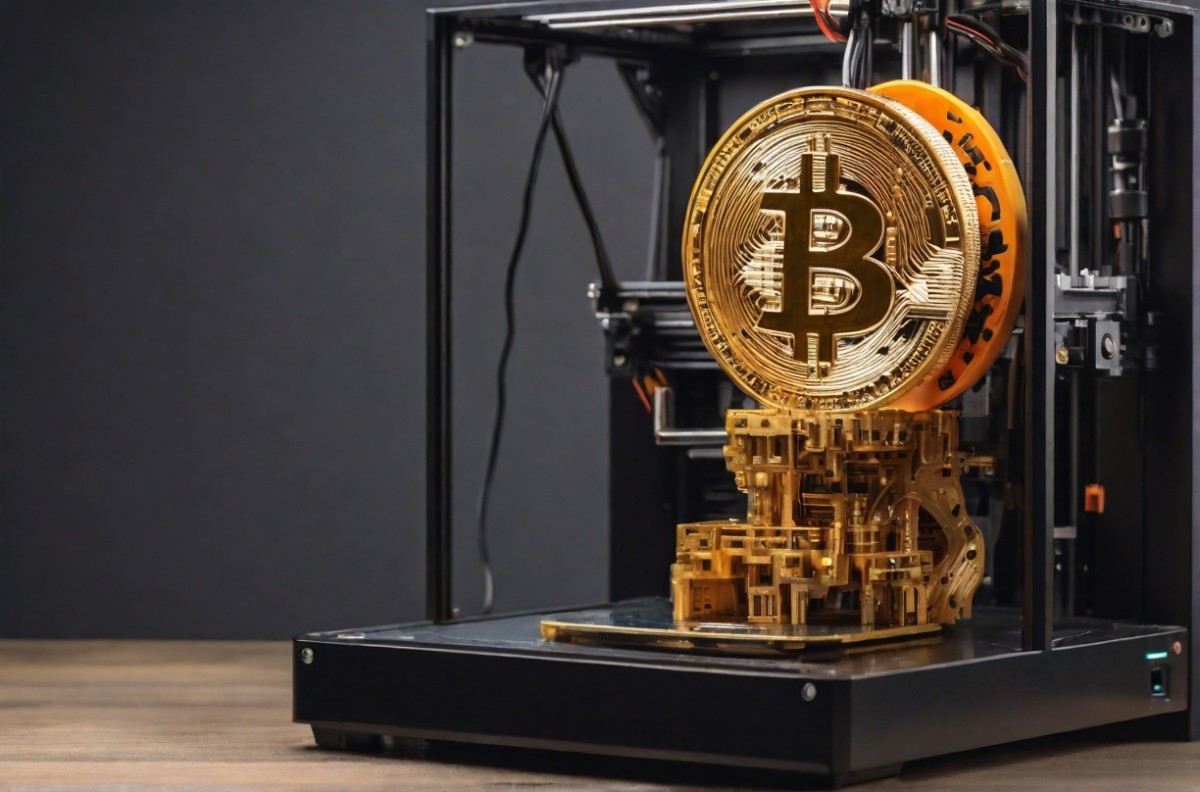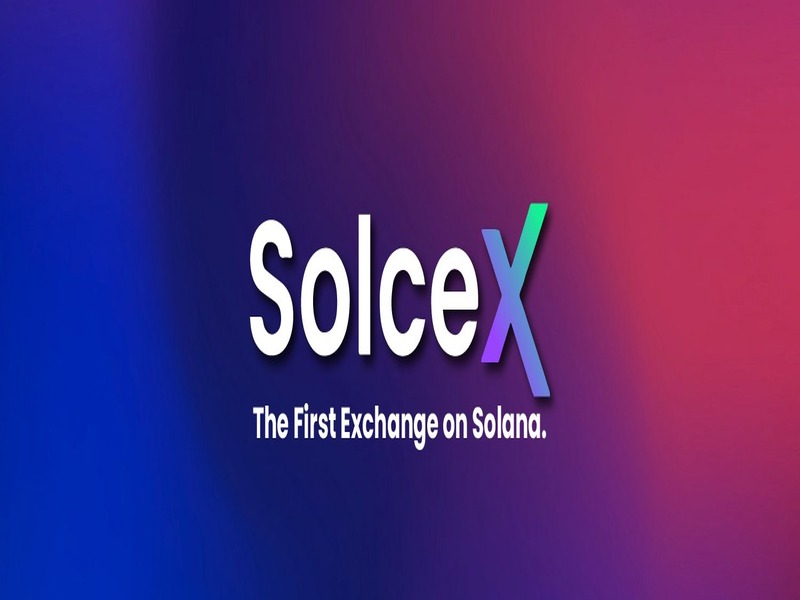Decentralized and Localized Manufacturing: Bitcoin, AI, and 3D Printing


In a 1997 book a sovereign individualWilliam Rees-Mogg and James Dale Davidson make a compelling case for the collapse of dominant powers of the day throughout history. with new technology. The development of agriculture meant that people and property were often geographically fixed, making them pawns for the “experts of violence” who were the forerunners of modern governments, who were then both plunderers and protectors against plunder. Stirrups, contoured saddles, spurs and curbs combined had a similar disruptive effect, shifting power from heavy cavalry to single-armed knights. The Gunpowder Revolution overthrew the feudal order that was then reinforced by the Catholic Church. Rees-Mogg and Davidson write, “The Church tended to pursue religious virtue for its own economic benefit while confronting the development of manufacturing and independent commercial wealth that would destabilize the feudal system.” The printing press further disrupted the church, causing it to lose its monopoly on the biblical narrative. The result was a significant loss of influence and power, giving rise to the modern nation-state.
Rees-Mogg and Davidson argue that microprocessors will inevitably bring about the collapse of nation-states in the same way that the printing press disrupted Christendom hundreds of years ago. The Internet itself (a globally interconnected community) and public key cryptography (which protects both communications and property in Bitcoin) were made possible by microprocessors.
present and future
One of the key fronts for decentralization is on the monetary front. Since Bitcoin’s inception in 2009, we have been able to transact without permission, without borders, and (often) anonymously. Countries have long been jealous of challenges to their currency monopolies and will spend huge sums to ensure that there are no serious currency competitors. Bitcoin serves as an alternative to these pitfalls, which is why it is under attack from politicians, crumbling legacy media, and others.
However, to trade Bitcoin, you need miners. Undoubtedly, regulators in the US and Europe have observed that China has made Bitcoin mining illegal in 2021, which has resulted in the majority of hashing power being transferred from those countries to the US. So they would probably like to ban it completely in the US and Europe, but they know that doing so would only result in them losing both regulatory control and tax revenue from Bitcoin miners. So for now, even Elizabeth Warren, the most Bitcoin-hostile lawmaker in Washington, is not proposing an outright ban on Bitcoin. Instead, she proposes extending know-your-customer (KYC) rules to all parties within the Bitcoin ecosystem and curbing self-management and privacy-enhancing technologies.
Bitcoin has a major weakness in centralization (for now): its hardware. The University of Cambridge produced an industry report on Bitcoin mining and found that on the hardware side, the overwhelming majority of Bitcoin miners use Bitcoin’s SHA-256 hashing algorithm, produced by Bitmain, a Singapore-based company, compared to its competitors. We convey that we are reporting that we are using “ASIC” chips to mine with . MicroBT and Canaan are lagging behind. Regardless of where Bitmain produces its ASIC chips, the ideal scenario for Bitcoin decentralization would be for the production of ASIC miners (and mining itself, for that matter) to be distributed across the world, allowing certain regions to have a clear advantage. This is to ensure that there is no such thing. Controls most of the hashing power. A reasonable compromise would be for ASIC miners to be produced on a large scale and of high quality by at least more manufacturers than they are currently. Collusion between them will become increasingly unlikely, especially in countries where they are not politically aligned with each other. .
The second major front for decentralization is on the artificial intelligence (AI) front. I once attended a conference where Peter Thiel was a speaker. He said something very similar to this (quoted from memory): “Bitcoin is a technology that benefits individuals on the Internet. “AI is a technology purely beneficial to the country.” It is the latter technologies and countries that are favored, emphasizing the importance of getting technology into the hands of as many participants as possible if we are to build a truly decentralized world.
One of the risks to AI decentralization is one that Bitcoin has in common. This is a potential future scenario where hardware will need to be monitored and registered by law. For Bitcoin, this means miners must register their ASIC chips. In the case of AI, this may mean that even you or I need to register graphics processing units (GPUs) of a certain capacity (or, in the case of software, register a matrix). Guillaume Verdon, the name behind the now-doxxed @BasedBeffJesos alias, highlighted this risk in a podcast with Lex Fridman, saying it could “(stop) the flourishing of the open source ecosystem… Open Source under Executive Order “LLM is two-faced,” he claimed. “Technology should be used and government should control it.”
While an executive order may not kill Bitcoin (but may deter some people from using it), similar reporting requirements for miners are likely to have some impact on Bitcoin’s open source ecosystem. It’s high.
The third major battlefield worth highlighting is 3D printers, assemblers, and other tools from the “creator’s” arsenal. This “maker” movement hints at a future solution to the problem of centralization tendencies in Bitcoin and AI.
Imagine a world where most people have a 3D printer and related tools in their homes. If we could directly print high-quality ASIC Bitcoin miners and GPUs to run large-scale language models (LLMs), decentralization would be light years ahead.
We can ignore for a moment the future scenario of using 3D printers and other “maker” tools to produce hardware for Bitcoin and AI applications. Today, at least one government views 3D printers with the same skepticism that the Catholic Church viewed the printing press in the 15th and 16th centuries. New York State Assembly Bill A8132, if passed, would require anyone purchasing a 3D printer “that can make guns” to submit their fingerprints to the FBI for a criminal background check. It is reasonable to expect that various governments fearing the loss of their centralized power will continue to push for registration and “KYC” requirements to maintain control over the real-space tools that promote decentralization in cyberspace.
Note: The Soviet Union implemented similar controls on seemingly innocuous products such as books, copiers, and fax machines, all of which threatened the regime by facilitating the spread of information. A similar effort was made in East Germany to control the sale of fabric that could be used to make hot air balloons to prevent people from escaping to West Germany. (Reference 1982 American film) night crossing And a 2018 German film balloon both document actual escapes).
As 3D printers and other “manufacturer” tools enable the production of ever more sophisticated electronics, localized manufacturing, whether at home or in so-called community fabrication labs or “fab labs,” is likely to attract growing hostility from various governments. But at least for now, the number of fab labs is growing exponentially, with more than 2,000 of them spread around the world and receiving varying degrees of support from governments. But these fab labs don’t account for the more custom labs that are in people’s homes.
Neil Gershenfeld of MIT’s Center for Bits and Atoms seeks to understand what the world will look like when almost anyone can build almost anything and machines can build other machines. Even their machines are more sophisticated than they are and often use locally sourced materials.
Gershenfeld argues in a podcast appearance that localized manufacturing cannot be scaled up and that production is typically used for personal use rather than commercial sale. However, thousands of people around the world are learning how to locally produce 3D printed and home-assembled Bitcoin miners, combining their individual hashing power with others in mining pools, and collaborating with each other over the Tor network. If… The world is starting to look much more decentralized.
conclusion
Bitcoin, AI, and 3D printers share common themes of decentralization and the disruptive potential of states. Since Bitcoin’s ASIC mining chips and GPUs used to run LLM exist in real-world spaces where nation states are most dominant, governments may become increasingly hostile toward such hardware, requiring criminal background checks, KYC, etc. . Interestingly, 3D printers, assemblers, and other “maker” tools could be used now or in the future for localized manufacturing (whether at home or in so-called “fab labs”), enabling a much more distributed world.
Meanwhile, on the policy side, criminal background check and registration requirements for 3D printers and other “maker” tools, such as those proposed in New York Assembly Bill A8132, deserve skepticism and strong political backlash.
This is a guest post by Emile Phaneuf. The opinions expressed are solely personal and do not necessarily reflect the opinions of BTC Inc or Bitcoin Magazine.


